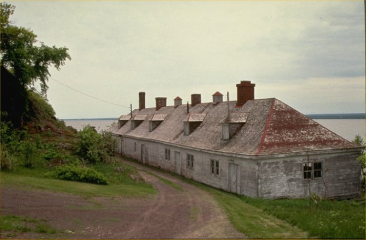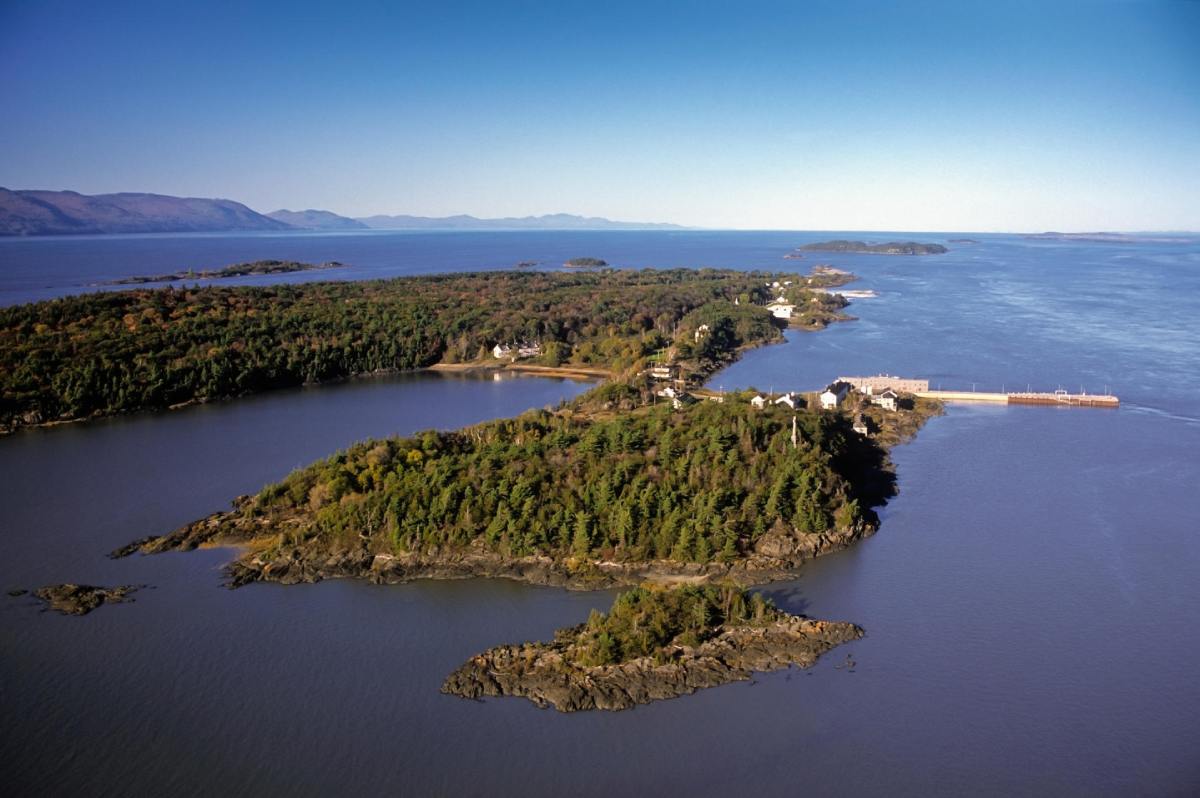Grosse Île and the Irish Memorial National Historic Site

© Parks Canada
Grosse Île and the Irish Memorial were designated as a national historic site in 1974.
Commemorative plaque: just outside of the Parks Canada Boutique at Grosse-Île, QuebecFootnote 1
Grosse-Île and immigration to Canada
Grosse Île and the Irish Memorial National Historic Site commemorates the significant waves of immigration welcomed to Canada between the opening of the 19th century and the First World War. During this period Québec was Canada's chief port of entry, receiving more than four million immigrants. Deadly infectious diseases and a rudimentary scientific understanding of how they could be controlled required that, between 1832 and 1937, Grosse Île serve the vital function of a quarantine station protecting the public health. Priests, doctors, nurses and other staff often risked their own lives to welcome and care for the new arrivals. Grosse Île also serves as a memorial to the tragic events endured by Irish immigrants here, chiefly during the typhus epidemic of 1847, when nearly 100,000 people, the majority escaping the Great Famine then ravaging Ireland, set sail for Canada. More than five thousand ended their journey buried on this island.
Description of historic place

© Parks Canada
Grosse Île National Historic Site is located on an island of the same name in the St. Lawrence River. It is the site of a 19th and early 20th century quarantine station. Today it contains built, archaeological and cultural landscape resources that survive from this 1832-1937 period of use as well as a Celtic Cross erected in 1909 to commemorate the Irish immigrants who died there.
Heritage value
Grosse Île and the Irish Memorial National Historic Site commemorates the importance of immigration to Canada, especially immigration through the entry port of Québec, from the early 19th century until World War I; the tragic experiences of Irish immigrants at this site, especially during the 1847 typhus epidemic; and the role played by the island, from 1832-1937, as a quarantine station for the port of Québec, for many years the main point of entry for immigrants to Canada.

© Parks Canada
The heritage value of the site resides in the cultural landscape and its component parts that illustrate the process of immigration and quarantine of 19th century immigrants to Canada through the port of Quebec, particularly the Irish during the mid-19th century.
Among its residents was Dr. Frederick Montizambert, medical superintendent of the island during the last 30 years of the 19th century. His belief in the new science of preventative medicine (microbiology, epidemiology, disinfection, vaccinations) caused him to develop a new generation of Canadian quarantine stations which protected Canadians from the deadly epidemics that ravaged many parts of the world at the time.
Sources: HSMBC Minutes, 1974, 1983, 1993, 1998, and the 1996 Ministerial announcement on Commemorative Intent

© Parks Canada

© Parks Canada/N. Boisvert
The National Program of Historical Commemoration relies on the participation of Canadians in the identification of places, events and persons of national historic significance. Any member of the public can nominate a topic for consideration by the Historic Sites and Monuments Board of Canada.
- Date modified :